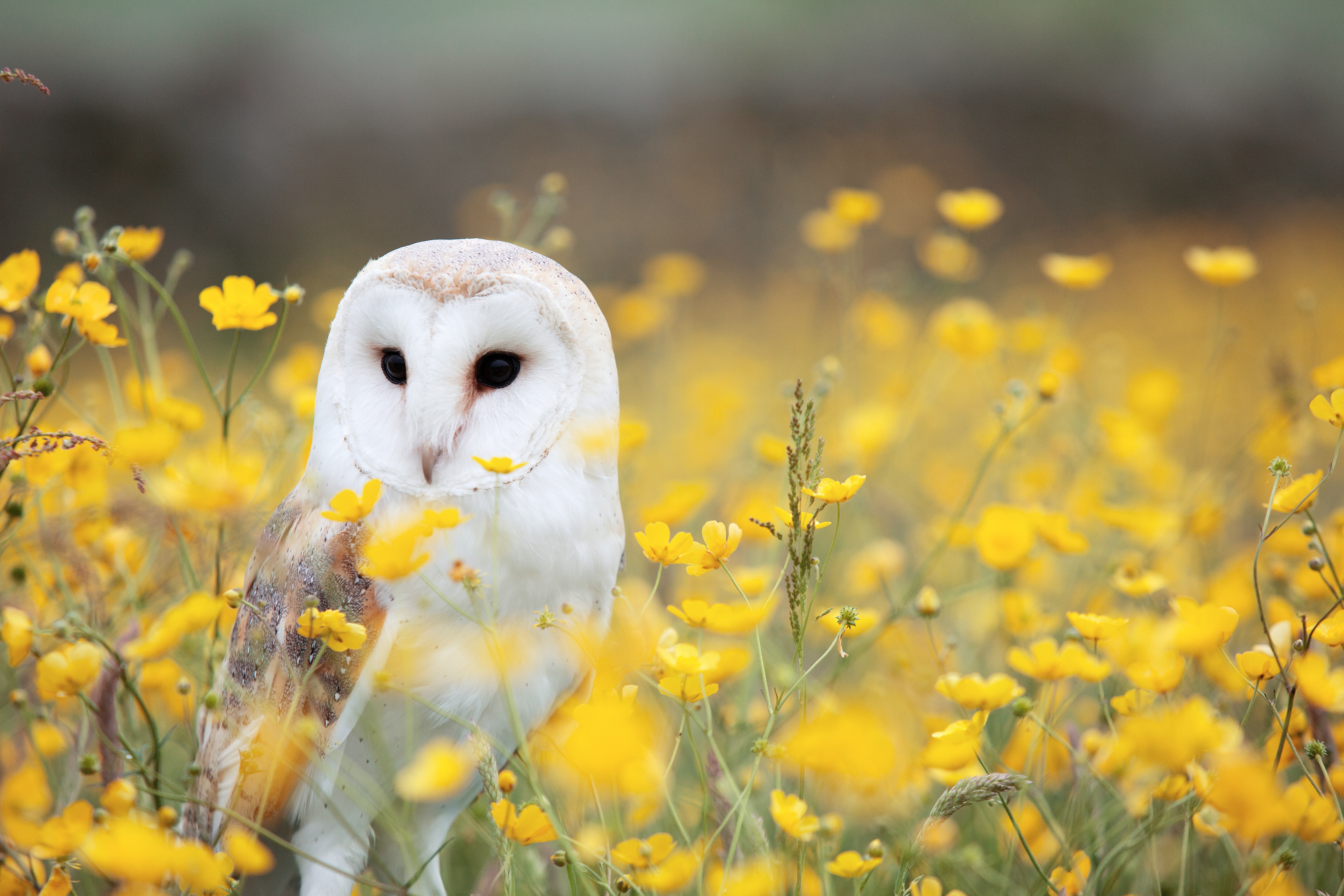In 1982 Ridley Scott’s original Blade Runner (based on Philip K. Dick’s novel, ‘Do Androids Dream of Electric Sheep’) was unlike anything that had been seen before. The sets of a post-apocalyptic world with its flying cars and worries about replicants was visionary; yet despite the fact that the world had only a few decades previously engaged in two major wars followed by Hiroshima and Nagasaki, such scenes of our planet where the natural world had been entirely destroyed still seemed part of some impossible future. Didn’t it?
So the original film operated as a warning yes, but one which centralized its concerns around artificial intelligence and, oh dear, what if the robots (replicants) got cleverer than us? That would never do, we’d better try and kill them all off. About the environment, the images spoke for themselves. There was nothing more that needed to be said other than ‘this will happen if we take no steps to prevent it.’
The same day that I saw Blade Runner 2049 in October 2017, the Guardian newspaper published a shocking report that flying insects numbers – once thought so numerous – have undergone a dramatic reduction as much as 75% in the last 25 years. This is an ecological catastrophe. One scientist is quoted as saying: “We appear to be making vast tracts of land inhospitable to most forms of life and are currently on course for ecological armageddon.”[1]
Sound familiar?
North Korea is sending missiles over Japan on an almost monthly basis; we have climate change, poisoned air, melting ice caps, species extinctions on a scale never before known. Suddenly the post-apocalyptic world so beloved of film-makers is not some incredibly far off thing it is here with us now, breathing hellfire, brimstone, CO2 and diesel particulate matter down our necks. Yet the response of the film makers is same old, same old. What if the replicants could give birth. They might be more successful than humans. We’d better kill them all off. Aaarrggh! Hello!!
What if the replicants cared more about the planet than humans? Well, we don’t know the answer to that one because no-one asks. By the time we get here to the time of the new film, there isn’t much planet left to care about. But things are not all bad – there are still plenty of women around, although they are mostly prostitutes, holograms or psychopaths.
There is a Bond style baddy who seems to have no eyes (considering he bought up the bankrupt Tyrell Corporation with all its robotics and cybernetics and considering they can make good looking robots like Ryan Gosling) you would think someone would take pity on the baddie and find a set of eyes somewhere.
Not that Blade Runner 2049 isn’t a ‘good’ film. In some respects, it is. My point is that this film is looking in the wrong place. Worrying about who is human and who is not and whether this test or that test will identify ‘true’ humanity. It is too late for that. True humanity concerns itself with wisdom, courage and compassion. Considerations of what it means to be human and who dreams about what are no longer relevant unless someone develops androids that can breathe poison and live underwater. And that still will not save the flying insects. Or the rest of us.
[1] https://www.theguardian.com/environment/2017/oct/18/warning-of-ecological-armageddon-after-dramatic-plunge-in-insect-numbers




Comments